Thu 11 Feb 2016 by Philip Woodcock
Umoe Ventus caught fire whilst underway between Norway and Germany
The windfarm industry had a concerning lead-up to the Christmas season with a fire onboard the crew transfer vessel
Umoe Ventus while on passage in Danish waters from a shipyard in Norway to a work site in Germany. It was a relief to
read that, although the vessel was lost to the fire, there were no deaths or major injuries. The unit, on passage to be
contracted to Dong Energy, created a lot of media awareness earlier in the year due to its innovative design.
Constructed as a surface effect ship (SES) by Umoe Mandal shipyard in Norway, it used an air cushion to support a large
portion of the hull out of the water. This concept, based on a class of Norwegian naval vessels, gives a very high top
speed and reduces the effect of waves on the vessel. It was marketed as not only reducing the time it takes to reach a work
site and improving ride comfort but as offering increased workability on the boat landing. After being demonstrated at
Seawork 2015, where many attendees were given a high speed run on Southampton Water, the vessel entered service in
Germany. A sister vessel has been constructed and is planned to enter service on a UK windfarm.
The incident is currently under investigation by the Danish Maritime Accident Investigation Board, who are not expected
to complete their report until the middle of the year. In the meantime, the industry is waiting for the findings of the
investigation to see if there are any lessons to be learned. The windfarm industry has experienced some high profile fires
in the last two years, namely EEC Topaz, Norfolk Tern, Sea Gale and now Umoe Ventus. As three of these incidents
related to vessels of composite rather than aluminium construction, it will be of interest to learn whether this is merely a
coincidence or whether there is an underlying issue.
Composites are well known and understood in the shipping industry as an alternative material, especially in high speed
craft where weight saving is important. These vessels are all below 500 gross tonnes and thus are not required to follow
the fire safety equipment requirements of Solas, namely the carriage of self-contained breathing apparatus (SCBA) and
fire suits. Sea Gale is certified to the High Speed Craft Code, but even that did not require the carriage of SCBA. Fire
prevention on a small vessel relies greatly on the construction of the equipment onboard to prevent a fire occurring in the
first place. After that, the fire-extinguishing equipment on board is the key. Enginerooms are fitted with ways to remotely
stop the supply of fuel and air and have insulation to prevent the transfer of heat out of the space. Engine spaces are fitted
with a remote extinguishing system. This is normally gas based, such as a CO2 system, or in the case of Sea Gale, a water
mist system.\
In case of a machinery space fire, it is critical for the crew to restrict the supply of fuel and air and administer the
extinguishing agent as quickly possible in order to prevent a build-up of heat. When the fixed system is released, it is vital
for the crew to be patient and not open the space to see if they put the fire out, as readmission of oxygen can cause a fire
to reignite. In the best interests of the industry, Dong Energy and Umoe Mandal shared specific details of the fire with the
Workboat Safety Forum at its last meeting in January. The ‘off the record’ discussion that followed focused on the need
for fire prevention through good maintenance and cleanliness of enginerooms. Crew training and awareness of fire
detection and extinguishing systems on board are also important. Members stressed the importance of practising emergency scenarios in as realistic fashion as possible in order to ensure that, should an incident occur such as the one
involving Umoe Ventus, it can be dealt with quickly and efficiently.
* Philip Woodcock, operations director, Workships Contractors, as managers for Acta Marine Wind Services



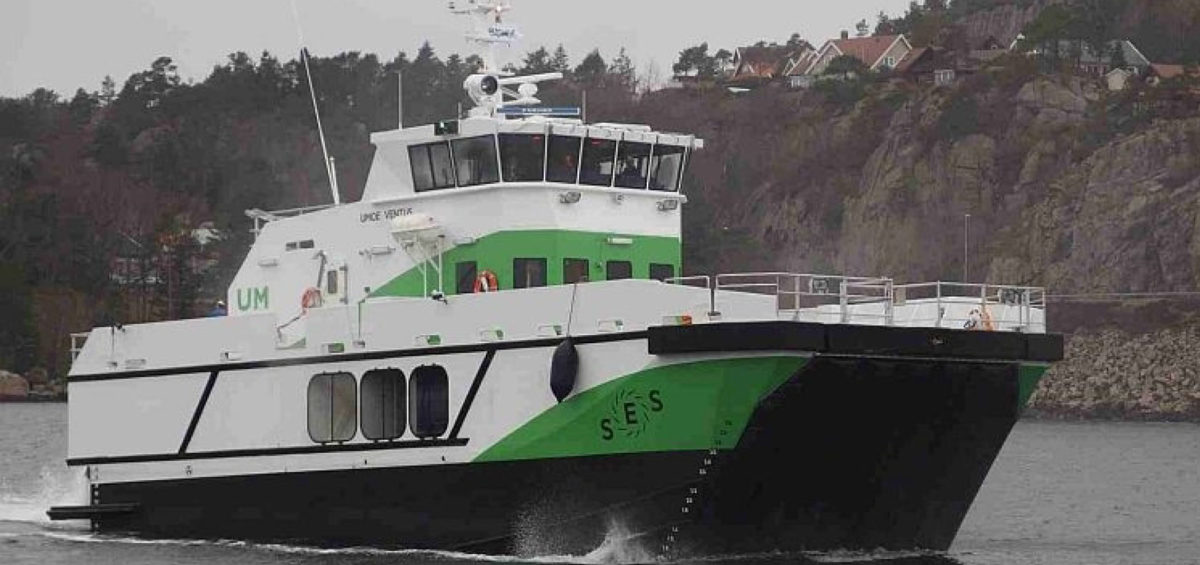
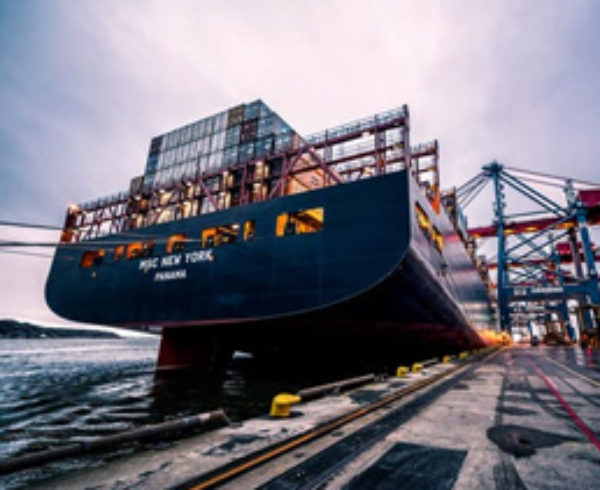
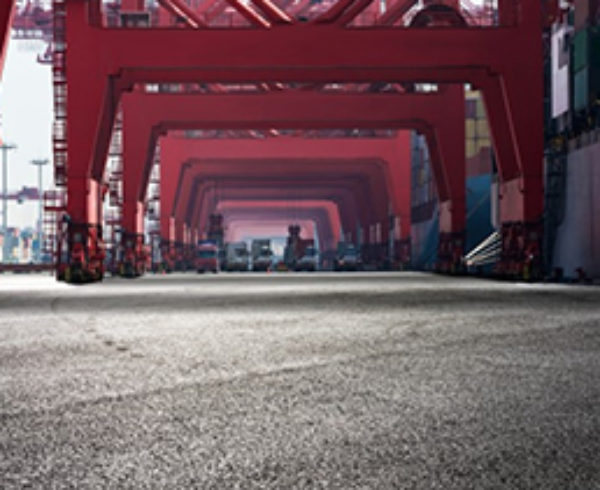
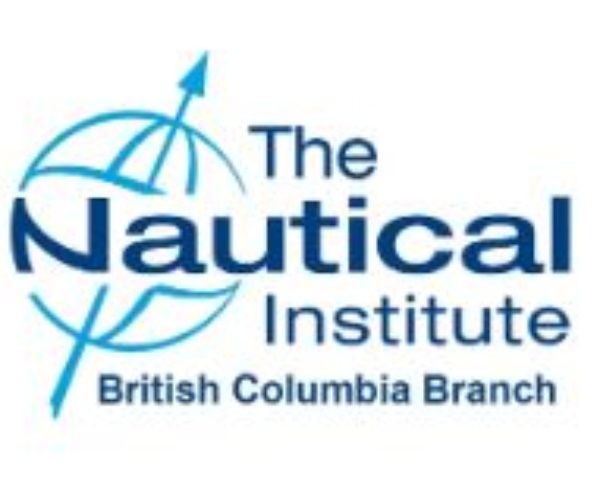
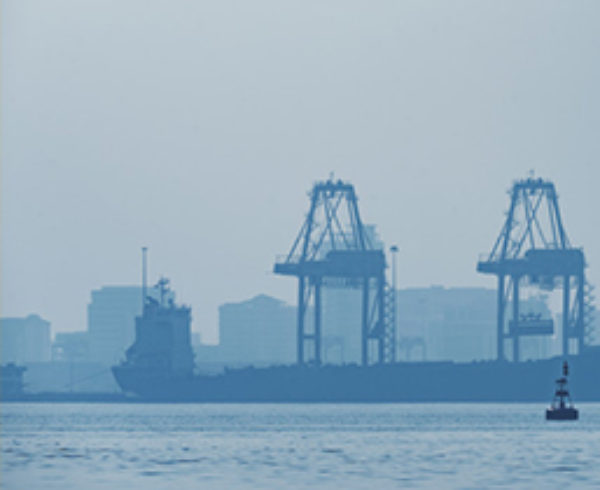

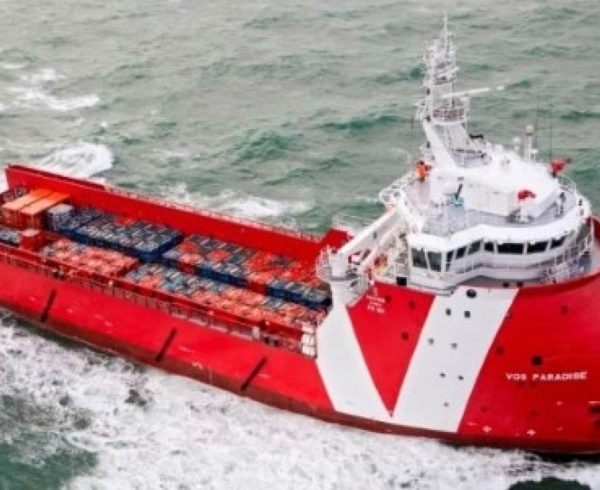
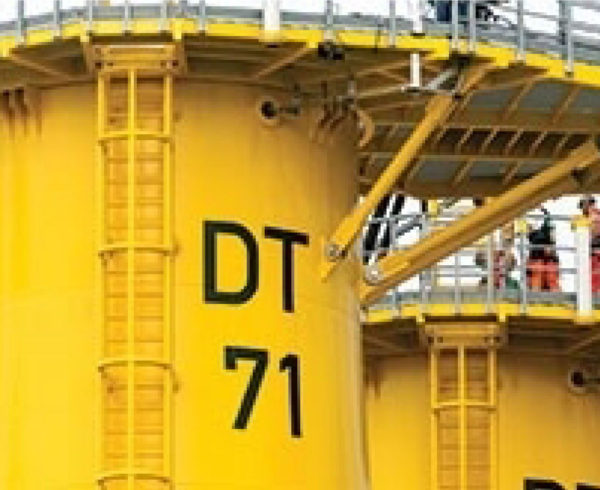
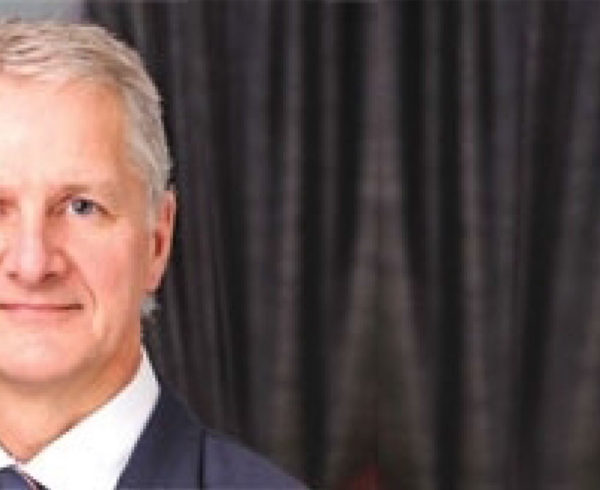

Leave a Comment